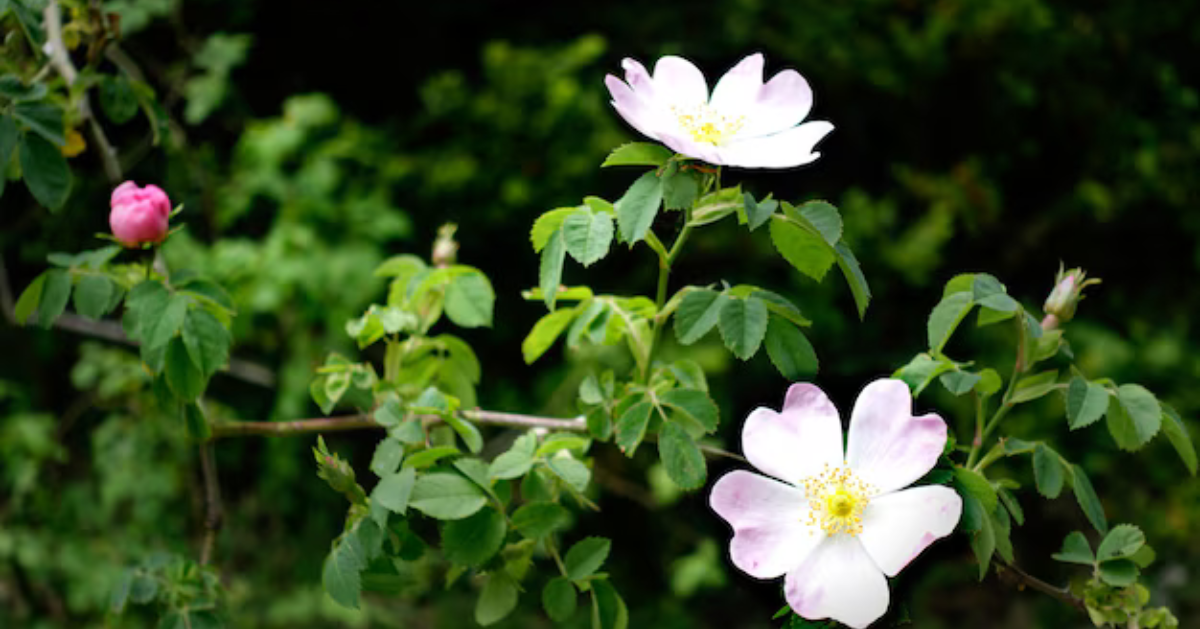Jasmine plants have long been admired for their beauty and fragrance, and among them, Richardson Jasmine stands out as a particularly enchanting variety. This captivating plant is celebrated for its elegance, versatility, and enduring charm. Let’s explore everything you need to know about Richardson Jasmine, from its origins to its uses and care.
What is Richardson Jasmine?
Richardson Jasmine is a variety of jasmine plant recognized for its delicate white flowers and intoxicating aroma. Native to tropical and subtropical regions, this plant belongs to the Oleaceae family and is often used as an ornamental addition to gardens and homes.
Origins and History of Richardson Jasmine
Richardson Jasmine traces its roots to regions with warm climates, including parts of Asia and the Americas. Historically, jasmine has been cherished for its symbolic meanings, often representing purity, love, and grace in various cultures. This variety owes its popularity to its adaptability and striking appearance.
Distinct Features of Richardson Jasmine
Richardson Jasmine boasts unique features that distinguish it from other types of jasmine:
Fragrant Blooms: Its small, star-shaped flowers emit a strong, sweet fragrance, especially in the evenings.
Evergreen Nature: The plant retains its lush green leaves throughout the year, making it a perennial favorite.
Compact Growth: It has a manageable size, making it suitable for pots, hedges, or garden beds.
Ideal Growing Conditions for Richardson Jasmine
To thrive, Richardson Jasmine requires specific conditions:
Climate: Warm and humid environments are ideal, although it can tolerate mild winters.
Soil: Well-drained soil enriched with organic matter ensures optimal growth.
Light: It thrives in full sunlight but can also grow in partial shade.
How to Plant Richardson Jasmine
Planting Richardson Jasmine is straightforward:
Choose the Right Spot: Select a location with ample sunlight and good air circulation.
Prepare the Soil: Mix compost or organic manure into the soil to enhance fertility.
Planting Depth: Dig a hole slightly deeper than the plant’s root ball, ensuring proper anchorage.
Watering: Water immediately after planting to settle the soil.
Caring for Richrdson Jasmine
Proper care ensures that Richrdson Jasmine remains healthy and vibrant:
Watering: Regular but moderate watering keeps the roots hydrated without causing waterlogging.
Pruning: Trim the plant after flowering to maintain its shape and encourage new growth.
Fertilizing: Use a balanced fertilizer every few months for lush foliage and abundant blooms.
Common Pests and Diseases
Though resilient, Ricardson Jasmine can encounter pests like aphids, spider mites, and whiteflies. Regular inspections and organic insecticides can help prevent infestations. Fungus-related issues, such as root rot, are often caused by overwatering and can be mitigated by proper drainage.
Richrdson Jasmine in Landscaping
Richrdson Jasmine is a versatile choice for various landscaping purposes:
Hedges and Borders: Its dense foliage creates a natural fence or border.
Climbing Vines: When supported by trellises, it can grow as a climbing vine.
Potted Beauty: Compact growth makes it perfect for decorative pots and containers.
Cultural Significance of Jasmine
Jasmine has deep cultural roots in many regions:
Symbol of Purity: In religious ceremonies, jasmine often symbolizes purity and spirituality.
Romantic Associations: Its fragrance and beauty have made it a symbol of love and romance.
Aesthetic Appeal: Used in garlands, perfumes, and home decor, jasmine continues to inspire art and culture.
Medicinal and Aromatic Uses
Beyond its ornamental value, Richrdson Jasmine has therapeutic properties:
Aromatherapy: The calming scent of jasmine is used to reduce stress and anxiety.
Traditional Medicine: Some cultures use jasmine extracts to treat ailments like headaches and insomnia.
Essential Oils: Jasmine oil is a key ingredient in perfumes and skincare products.
How to Propagate Richardson Jasmine
Propagating Richardson Jasmine can be done through cuttings or layering:
Cuttings: Take semi-hardwood cuttings, dip them in rooting hormone, and plant them in moist soil.
Layering: Bend a low branch to the ground, cover it with soil, and allow roots to develop before detaching it from the parent plant.
Seasonal Care Tips
Each season demands specific care:
Spring: Fertilize and prune to encourage new growth.
Summer: Increase watering to counter heat stress.
Autumn: Reduce watering and start preparing the plant for cooler weather.
Winter: Protect from frost by covering the plant or moving pots indoors.
Why Choose Richrdson Jasmine for Your Garden?
Richrdson Jasmine is a top choice for gardeners due to its low maintenance, aesthetic appeal, and fragrant blooms. Its adaptability makes it a favorite among both novice and experienced gardeners.
Environmental Benefits of Growing Jasmine
Adding Ricardson Jasmine to your garden has environmental perks:
Air Purification: Jasmine plants improve air quality by absorbing pollutants.
Pollinator Attraction: The flowers attract bees and butterflies, supporting local ecosystems.
Conclusion
Richardson Jasmine is more than just a plant; it’s a timeless addition to any home or garden. With its stunning beauty, aromatic flowers, and low-maintenance requirements, it brings joy and elegance to any setting. Whether you’re a gardening enthusiast or simply love the charm of fragrant blooms, Richrdson Jasmine is a perfect choice.
FAQs
How often should I water Richrdson Jasmine?
Water it once or twice a week, depending on the climate and soil conditions. Avoid overwatering to prevent root rot.
Can Richardson Jasmine grow indoors?
Yes, it can thrive indoors in well-lit areas, provided it receives adequate sunlight or grow light.
What’s the best fertilizer for Richardson Jasmine?
Use a balanced fertilizer with equal parts nitrogen, phosphorus, and potassium for optimal growth.
How long does Richardson Jasmine bloom?
The bloom period varies but typically lasts several weeks during spring and summer.
Is Richardson Jasmine safe for pets?
While the plant is generally safe, consult your veterinarian if you suspect ingestion, as some jasmine species can cause mild discomfort in pets.

